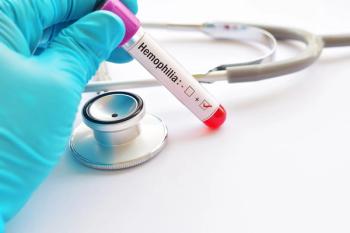
Hope for the best, prepare for the worst
Learning how to be prepared in case of natural disasters.
The rain started on Friday night. By Sunday afternoon, the water was everywhere.
Northwest Indiana's Little Calumet River water level stood at 6.5 feet at midnight Friday, September 12, 2008, and rose to more than 14 feet by 9 AM Saturday, reported the Northwest Indiana Times. By 8:15 PM Saturday, the level was 14.4 feet. Flood stage was 12 feet.
"One of the doctors had to be rescued from her car," Kevin said. "The time it took to flood just seemed like a few minutes."
The Hammond Clinic was caught off-guard by the flood-the first one to force its temporary shutdown in its 46-year history-but thanks to fast communication and electronic data back-up, it opened operations out of its 2 smaller satellite offices 2 days later.
"That's the reason we didn't go under financially, as well as physically, because we were able to keep working," Kevin said. "Otherwise, our 70-plus doctor multispecialty group would've been in the wind."
There's nothing you can do to stop a natural disaster from hitting your practice, but you can make it easier to protect yourself and rebuild. We talked with experts and physicians who shared the essential components of an air-tight disaster plan and what it takes to protect your greatest assets against destruction.
WORK BACKWARD FROM THE DISASTER
The first step in any disaster plan is to determine your risk, experts say. Whether it be natural (flood, tornado, hurricane) or not (electrical fire, burst water pipe, terrorist attack), which event has the greatest chances of affecting your practice?
"What you always want to do is work backwards," said Dave Gans, FACMPE, vice president of practice management resources for the Medical Group Management Association (MGMA). "In the event we would have the tornado, and in the event that the tornado would damage this building, what would we do?" The natural disaster(s) will be specific to your region of the country, but the exercise is the same, Gans said.
If you're not in a natural disaster risk area, that doesn't mean that the practice is safe from catastrophe.
"The biggest commercial insurance claim in the United States is flood and water damage from pipes not sustaining correct operations," said Chris Mahan, CHBC, of Nashville, Tennessee-based practice consultants Mahan & Associates, LLC.
Newsletter
Access practical, evidence-based guidance to support better care for our youngest patients. Join our email list for the latest clinical updates.











